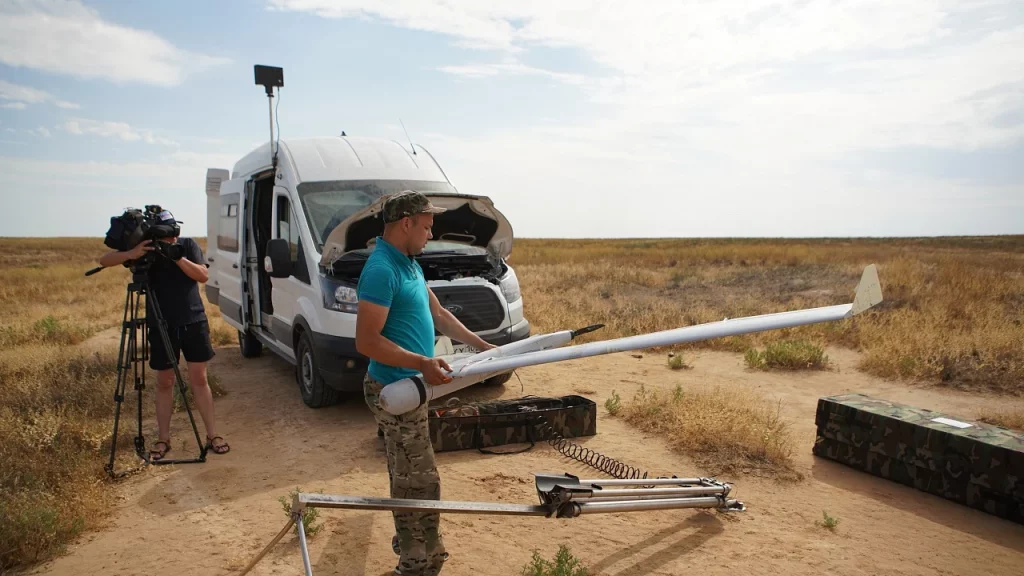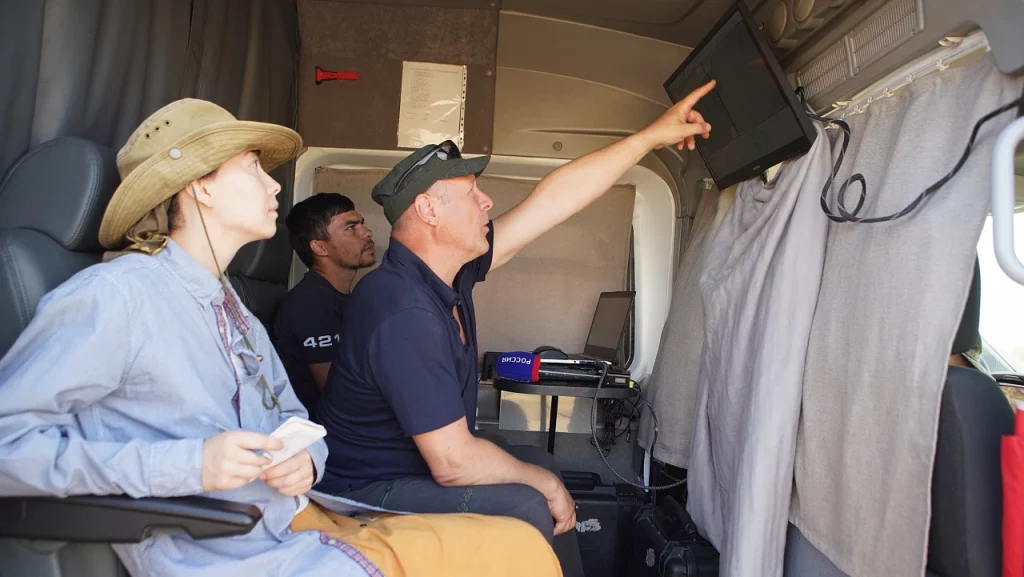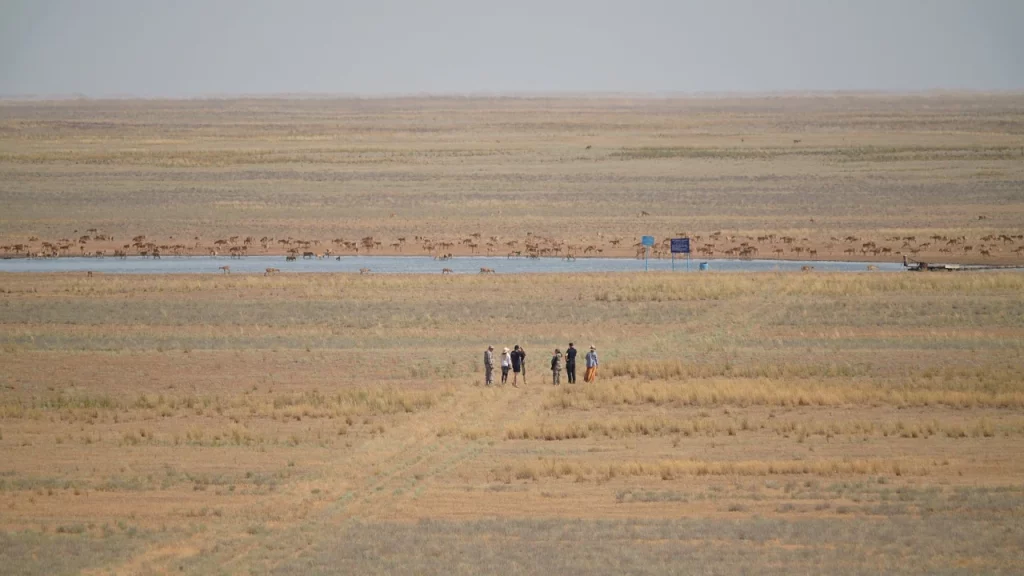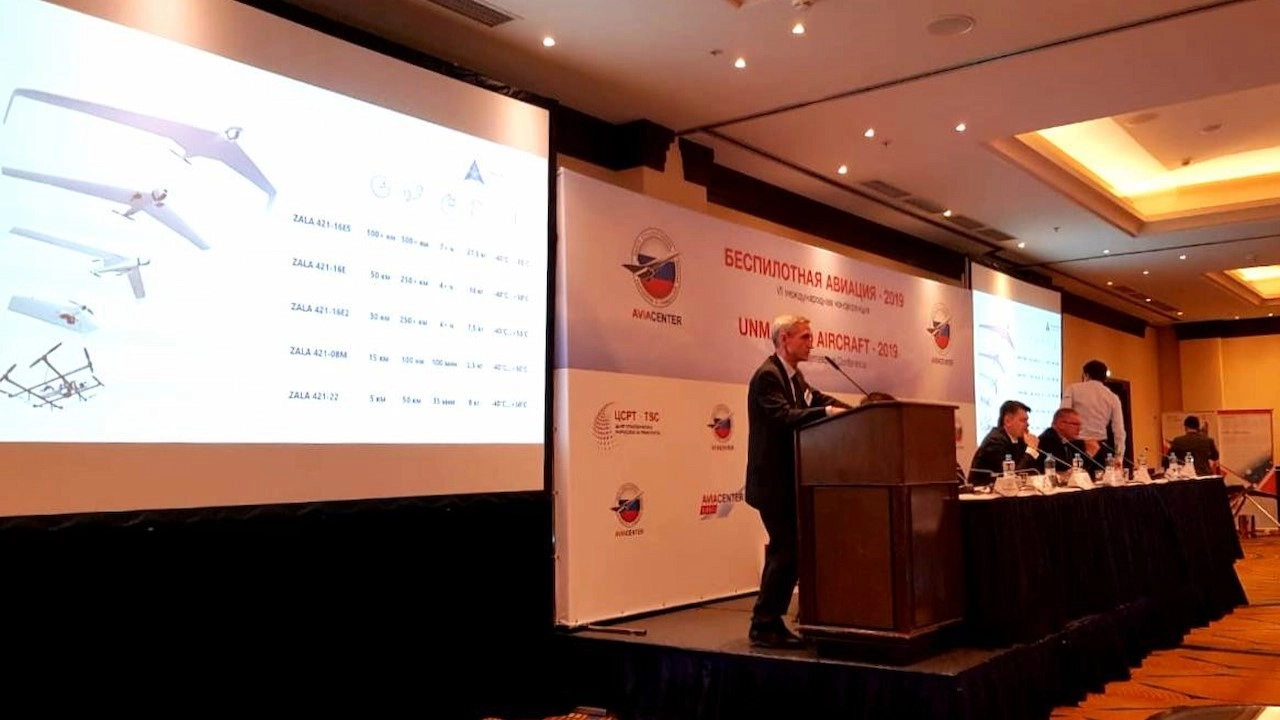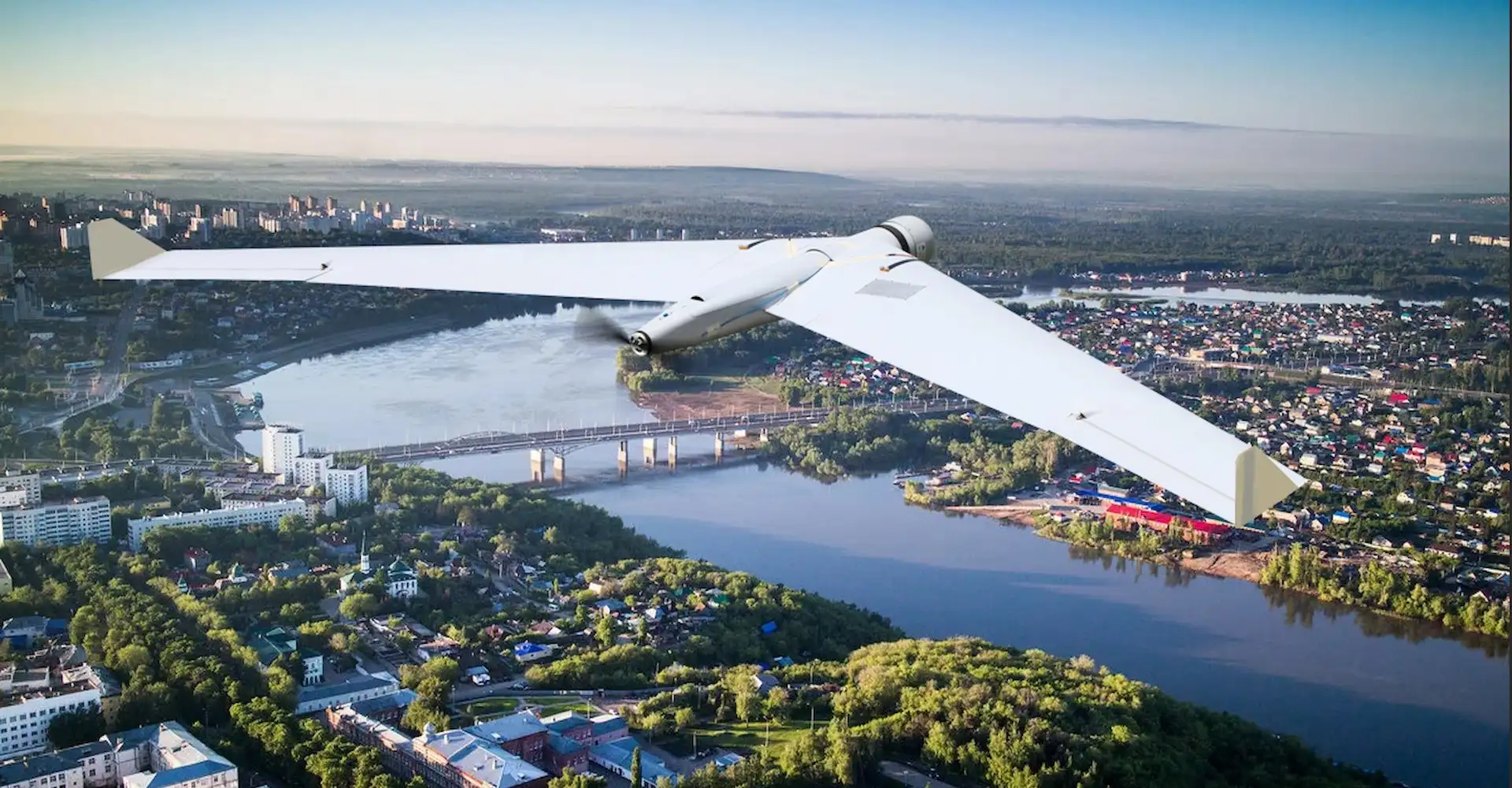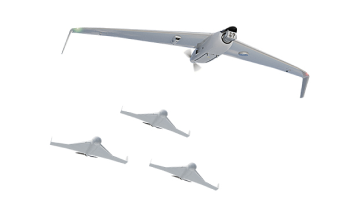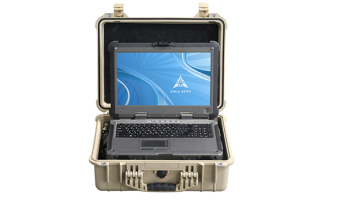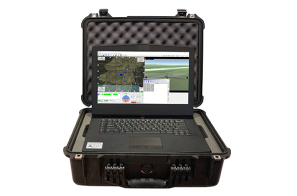WWF summarised the results of the aerial saiga census conducted by the ZALA aircraft
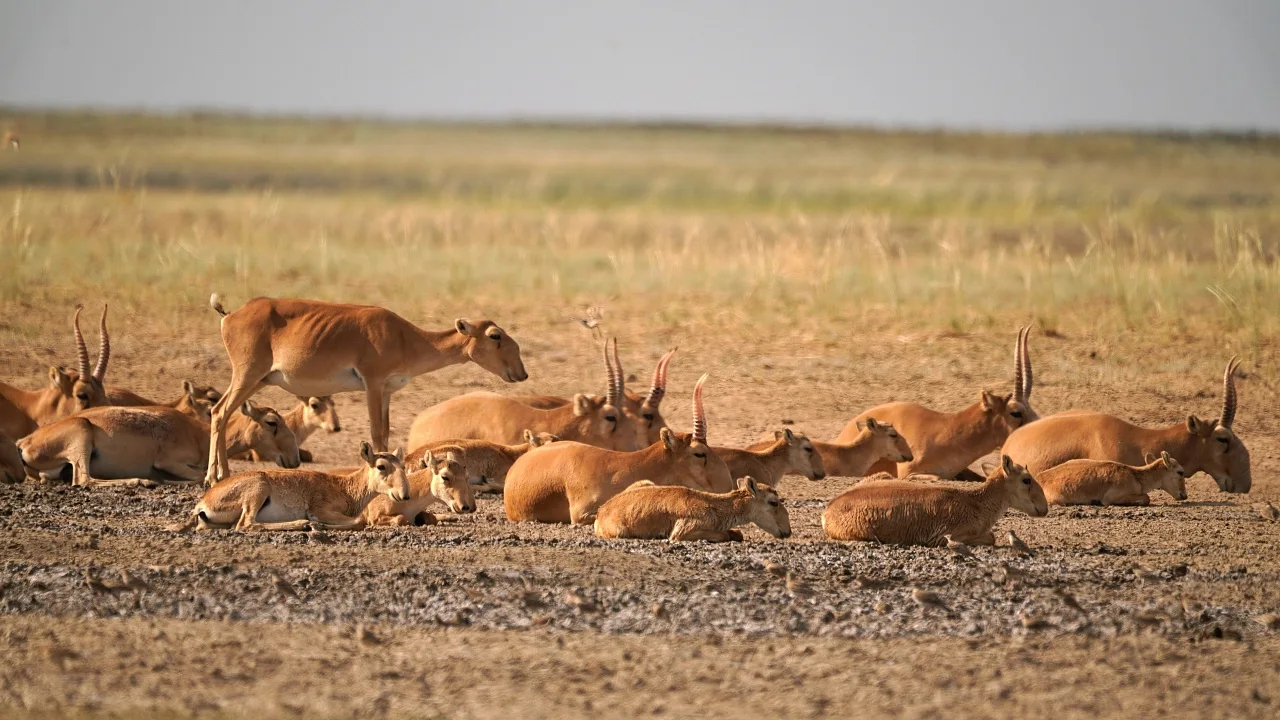
The World Wildlife Fund (WWF) of Russia has published the results of saiga census in Astrakhan Oblast and the Republic of Kalmykia, carried out with the help of ZALA unmanned systems. More than 5,000 saigas were recorded in the protected areas, which is slightly lower than expert estimates of recent years.
From 19 to 26 June, specialists with the help of BVS ZALA 421-16E They flew over three specially protected areas, the main saiga habitats of today: the Chernye Zemli Nature Reserve, the Mekletinsky Federal Reserve in the Republic of Kalmykia, and the Stepnoi Regional Reserve in Astrakhan Oblast.
During the month following the aerial census, the experts worked on decoding the aerial photographs obtained from the UAVs. The results of image processing showed that the counted saiga population in the surveyed areas totalled 5,150 animals, including 573 (11 %) males and 2,049 (41 %) saiga calves born in the current year.
"Previous methods of counting saigas from motorised vehicles were very inaccurate, and aerial surveys using small aircraft or older UAV models scared the animals away, which not only made counting them more difficult, but could have a negative impact at certain stages of their life cycle. We are very pleased that the new domestic UAV models manufactured by Kalashnikov Concern allow us to obtain accurate data on saiga numbers and distribution without any negative impact on the animalsThe saiga census was organised by the saiga census team," says Dmitry Dobrynin, the saiga census manager.
The results of the research will help scientists not only to monitor the population dynamics and sex and age structure of the saiga population in the Northwest Pre-Caspian, but also to optimise conservation measures in the species' current range.
"In the next stage of the development of possible saiga census methods, we plan to carry out work in winter using UAVs with infrared equipment"," says Valery Shmunk, Director of the Russian Caucasus Branch of WWF-Russia.
The report with detailed results of the survey was sent to the Ministry of Natural Resources and Environment of Russia, the Chernye Zemli Nature Reserve and the Stepnoi Wildlife Refuge.
For reference:
In the middle of the last century, the saiga population in the Northwest Pre-Caspian region totalled about 800,000 individuals. Due to renewed fishing and illegal hunting, its numbers fell to 200,000 by 1980, and subsequent poaching reduced the number of saigas to 4,000 in 2015. This is the largest global decline of any mammal in modern times!
